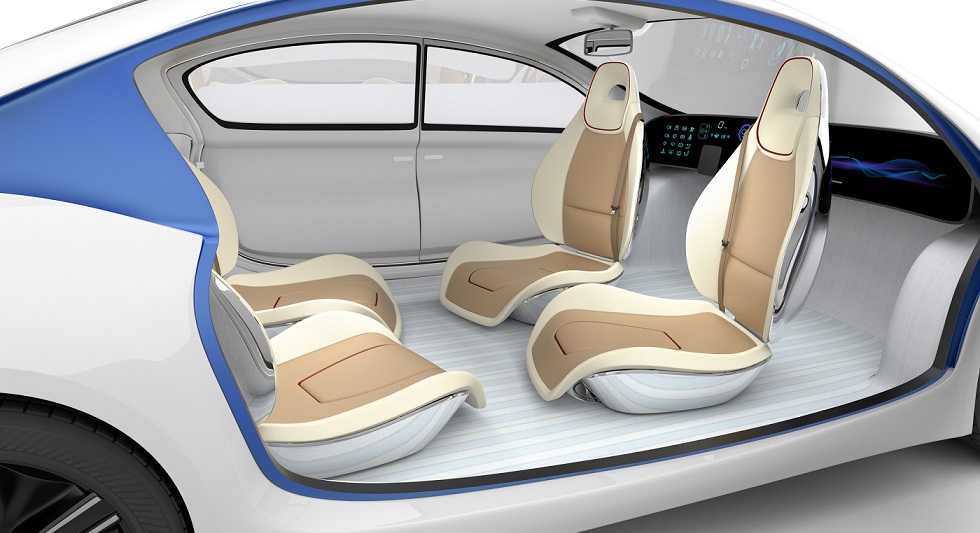
Source: NRMA
Major manufacturers such as Google and Tesla have committed to building driverless cars in the future, with mainstream brands like Volkswagen, Toyota, BMW and Mercedes not far behind.
“It’s going to change the industry. The reality is if you’re a motor vehicle manufacturer, and you’re already on your way to putting more semi-autonomous features, and moving towards battery operated cars, you’re meeting the demands for a rapidly growing market,” he said.
Safety first
According to Loades, semi-automated cars pose a greater risk for human error than fully automated vehicles.
“A lot of the crashes that have happened by self-driving cars are because they are in semi-autonomous mode. Where things go wrong human error is to blame.
“There isn’t a vehicle today that is legally able to be fully autonomous, but the roads will be significantly safer once cars have full autonomy,” he said.
The report follows news the NSW government is conducting a 2-year trial of a semi-autonomous shuttle bus travelling between venues at Sydney Olympic Park.
Loades said the trial is a good initiative to showcase what driving of the future will be like.
“This bus is the beginning of sorting through all these issues to understand how [autonomous driving] works," he said.

Welcome to fun for the whole family.
How do they work?
Autonomous cars will likely be battery operated, and owned by fleet managers or manufacturers who make them available for use through a subscription service.
“It’ll work a bit like Uber: you request it, watch it coming minutes away, select your destination, hop in, get off, and it then moves on to pick up the next person,” he said.
Like with current semi-autonomous technology, sensors will be able to detect the vehicle’s surroundings and be programmed to move accordingly.
Incentive
Australia is highly car-ownership driven, the convenience of getting from point A to B being something that is culturally entrenched. Loades said changing to autonomous car ownership will require a cultural shift, however, significant personal benefits prevail in switching over.
Driverless cars will be significantly cheaper. At present a car owner can expect to pay anywhere between $15K and $20K on average for a car’s running costs over its lifetime.
“The reality is for that anyone who owns a car today, it costs a lot of money. You use it about 10-20% of the time. It’s almost a wasted asset.
“This will be an asset people will utilise 100% of the time, 24/7, day and night, and that’s why it’ll be much cheaper than owning a traditional car,” said Loades.
Driverless cars will also save commuters considerable time. According to Loades, the road infrastructure doesn’t support today’s population.
Congestion is predicted to decrease by 50% -- and in time, up to 90% -- with fewer cars on the road being used more regularly.
“Reduced congestion means you could get up and get to work in half the time.
“When you're travelling for half an hour or an hour each way, you're spending all that time concentrating on driving. Autonomous transport will allow people to be able to sleep, read or work while on the move.
“You're making the most of your time,” he said.

Welcome to your new mobile office.
Loades said only the wealthy will be able to afford their own traditionally driven cars once automated cars take off.
"Even if you intend to own your own car, insurance will increase as automated cars take over the roads because humans will be seen as riskier than autonomous technology,” he said.
Autonomous cars will also be more environmentally friendly.
Last year, Australians consumed 32,732 megalitres of fuel in running their cars. The report states that battery-operated cars will ensure a greater level of sustainability due to their usage and power source.
“Less cars will be utilised 24/7 which adds up to being much better for the environment,” he said.
Recommendations
The report recommends increasing mobility and trialling of autonomous services, while focusing on decreasing congestion and pollution.
It states the government should not prioritise self-driving cars or public transport over one another as both will work in conjunction to increase mobility and accessibility to transport.
Accordingly, roads built henceforth should be able to “accommodate a future transition to fully autonomous vehicles”.

Raveena Grover was a journalist at
Information Age. She has worked in radio and is a former editor of the University of Technology's student publication,
Vertigo. Her work has been published on 2SER, Hijacked
City Hub Magazine and the
Medical Observer. She is passionate about science, technology and the social environment.













